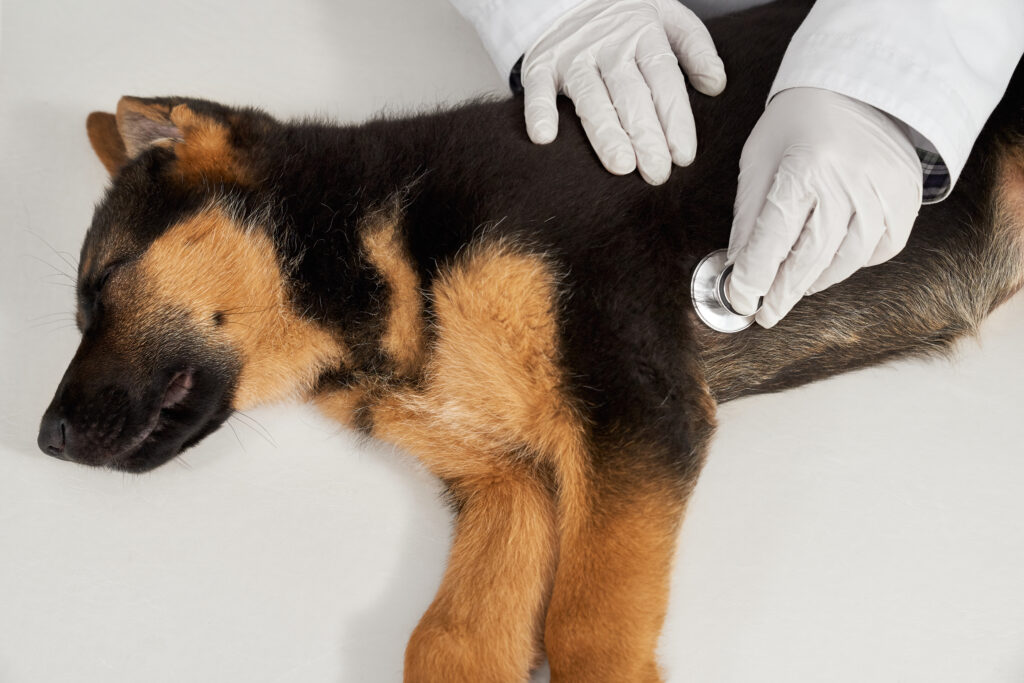Proper knowledge of pet CPR can save a furry friend’s life during emergencies such as sudden collapse, choking, or cardiac arrest. Understanding and practicing CPR for pets ensures owners are prepared to act quickly and confidently when their dog or cat needs help.
1. Stay Calm and Assess the Situation
- Don’t panic; a clear, quick response is crucial.
- Safely approach the pet and check for possible dangers (traffic, electrical wires, aggressive animals, etc.).
- If the area is safe, gently check the animal’s responsiveness by calling its name and tapping it.
- Responsive pets do not need CPR; instead, seek veterinary care.
2. Check Breathing and Pulse
- Observe the chest for movement, listen for breath sounds, and feel for air at the pet’s mouth or nose.
- Check for a pulse via the femoral artery (inside the hind leg) or by feeling the heart through the left chest.
- No breathing or pulse means immediate intervention.
3. Clear the Airway
- Open the pet’s mouth and visually inspect for obstructions such as vomit, toys, or food.
- Remove any objects with a sweep of your finger. Be cautious not to push objects further down.
- For choking, perform the Heimlich maneuver: Stand behind the pet, make a fist, and apply gentle upward pressure to the abdomen just below the ribcage.
4. Administer Rescue Breaths
- For dogs, close the mouth and extend the neck. Place your mouth over the nose, creating a seal.
- For cats and small dogs, seal both mouth and nose with your lips.
- Give gentle breaths lasting about one second, watching for chest rise.
- Give one breath every 4-5 seconds.
5. Perform Chest Compressions
- For medium to large dogs, place both hands over the widest part of the chest and compress about one-third the chest depth.
- For small dogs and cats, use one hand to squeeze the chest or fingers as appropriate.
- Apply 100-120 compressions per minute.
- Cycle: 30 compressions followed by two rescue breaths.
6. Repeat the Cycle and Monitor
- Continue cycles of compressions and rescue breaths.
- If breathing returns, place the pet in the recovery position (on their right side, head extended) to keep the airway open.
- Check vital signs frequently until professional help arrives.
7. Transport to a Veterinary Clinic
- Even if the pet recovers after CPR, immediate veterinary evaluation is critical to ensure no underlying damage remains.
- Call ahead to alert staff of the emergency for rapid care on arrival.
8. Prevention and Preparedness
- Learn CPR techniques from certified pet first aid courses.
- Practice regularly so the steps become second nature during a crisis.
- Keep emergency numbers and pet medical history readily available.
